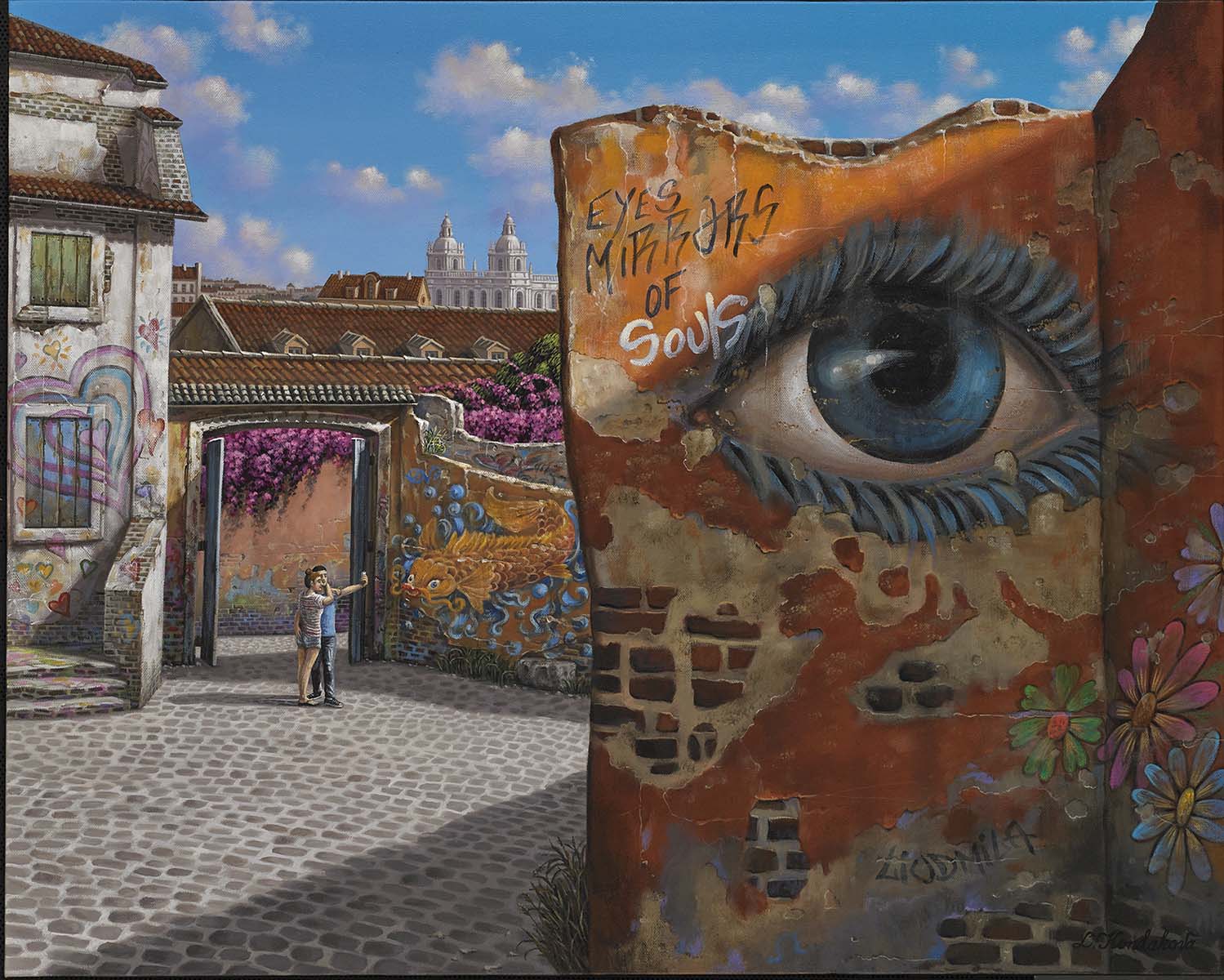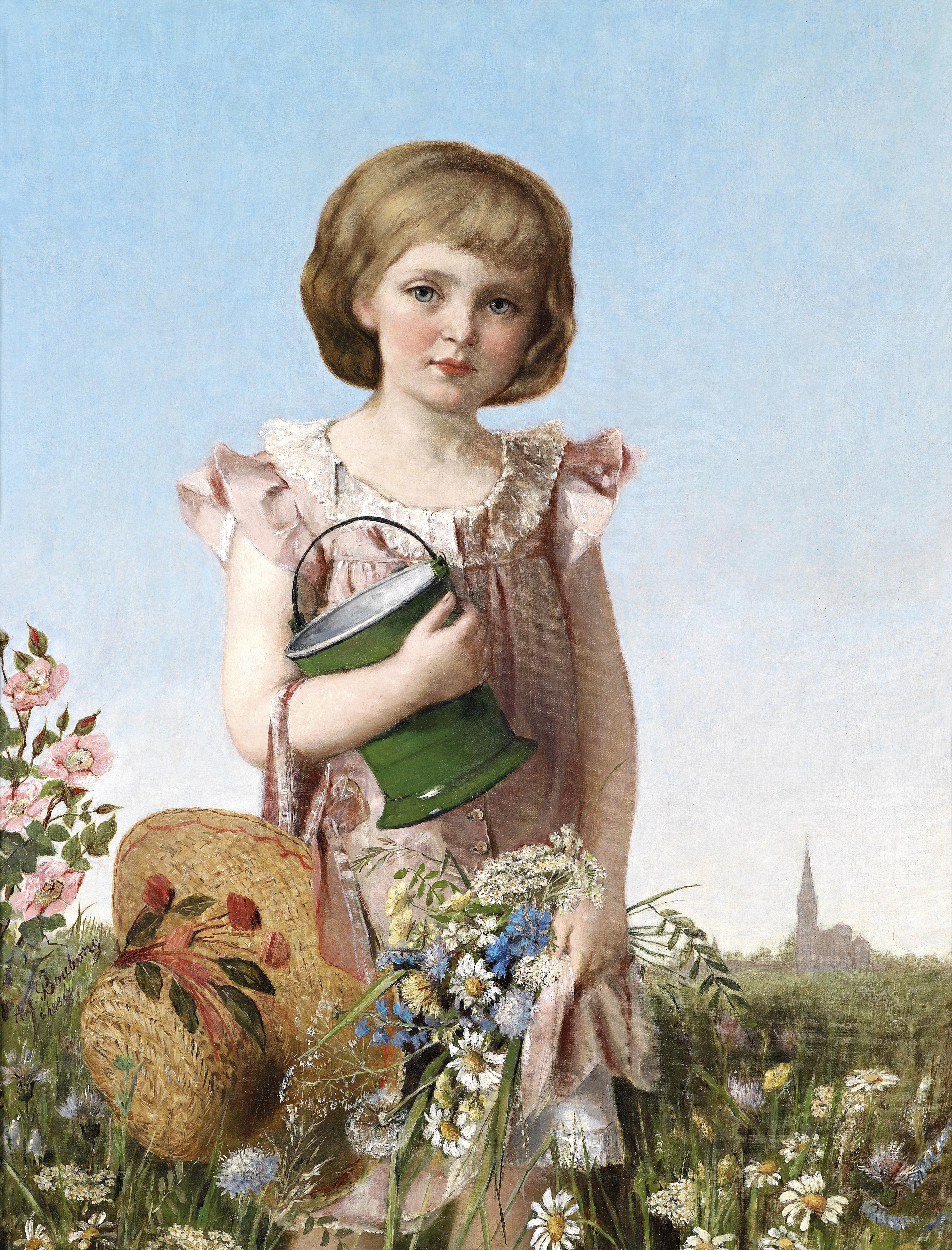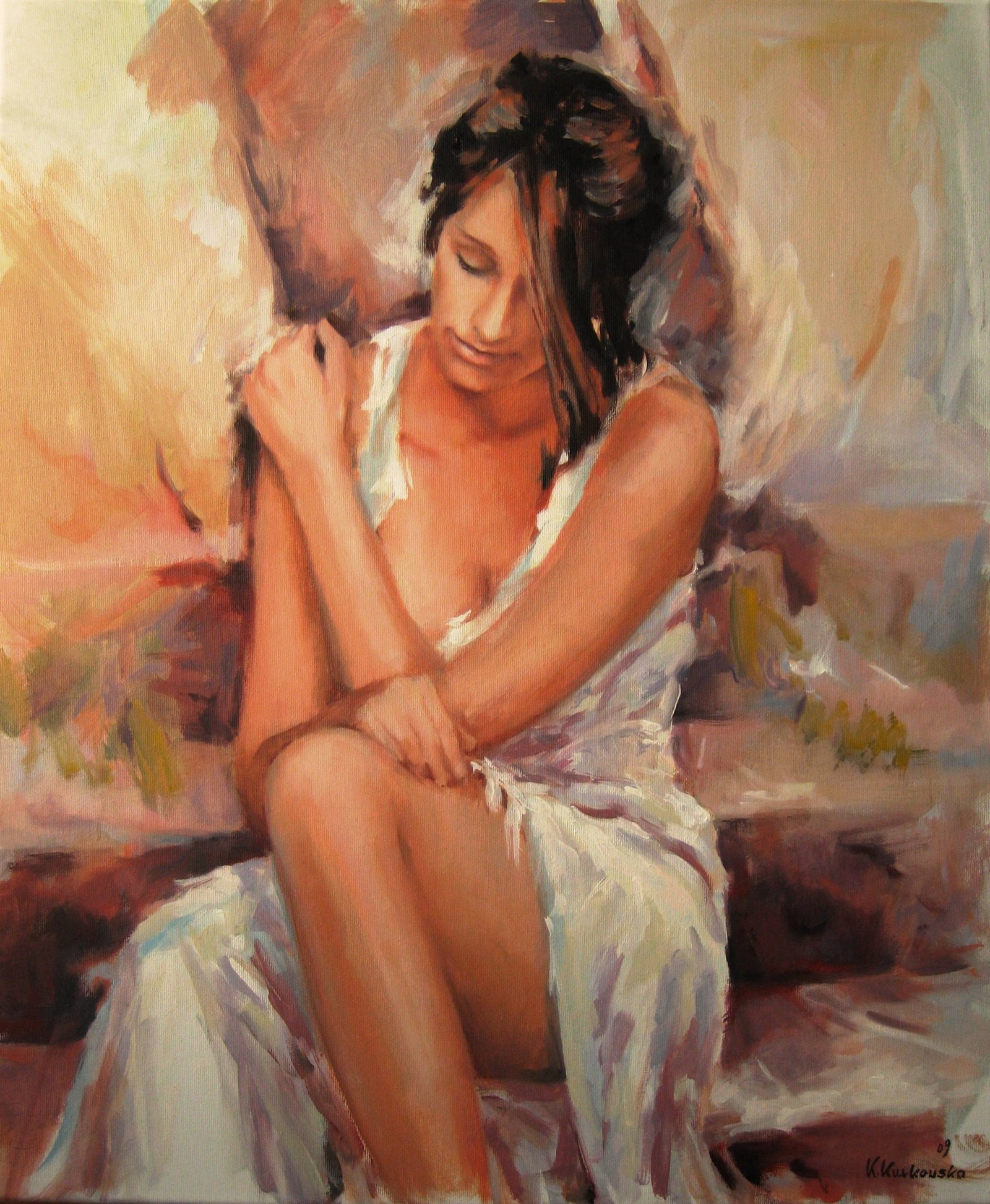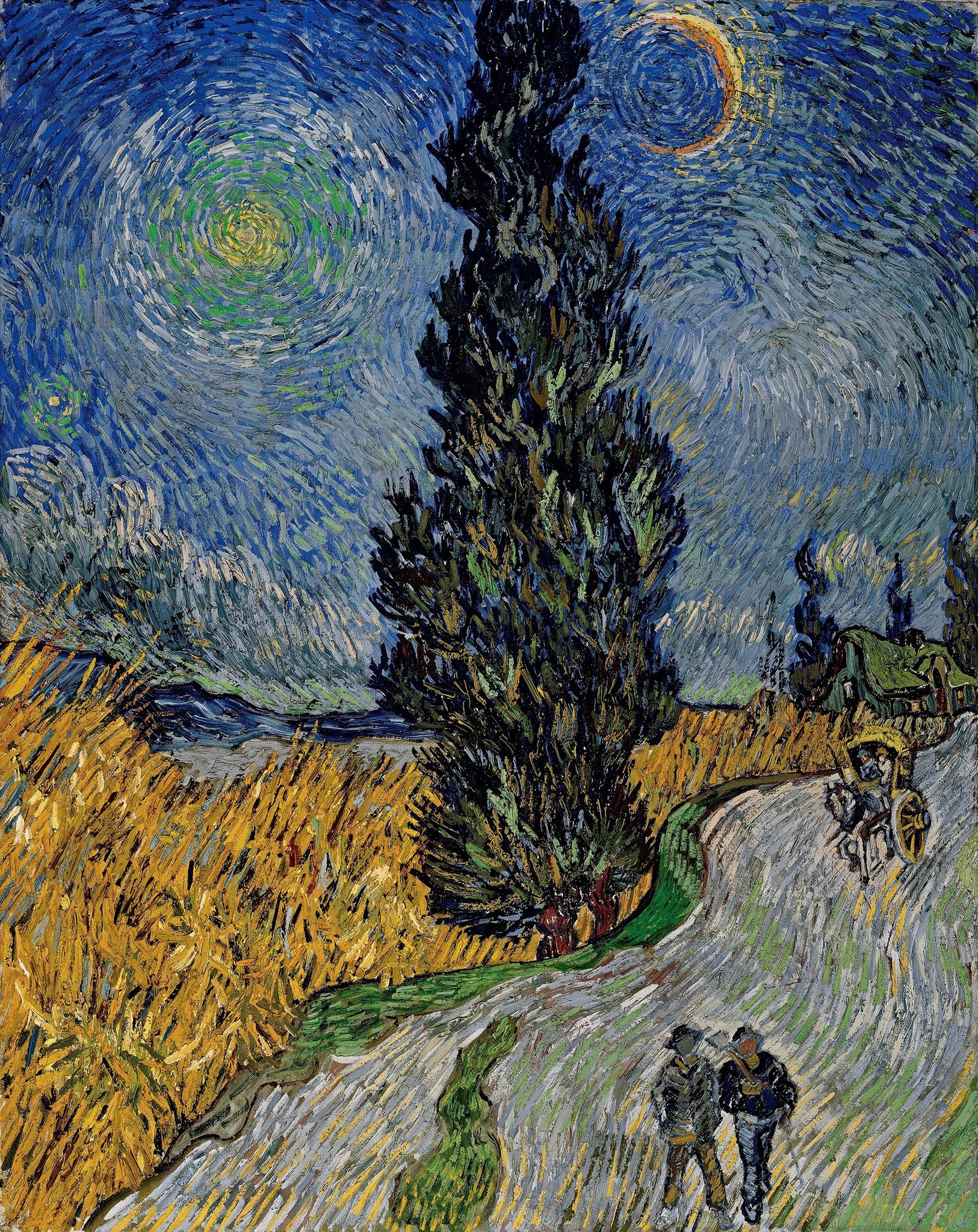Nata in Russia nel 1956, Liudmila Kondakova è immigrata negli Stati Uniti nel 1991.
Diplomata al Grabar Center di Mosca, ha frequentato anche la Scuola Russa di Arti Sacre, l'Istituto Pedagogico di Mosca e l'Istituto d'Arte di Mosca.
Kondakova collega il suo background altamente qualificato alla sua espressione artistica in questo modo: "Nella mia arte, l'essenza e la bellezza hanno sempre riposato nei dettagli".














